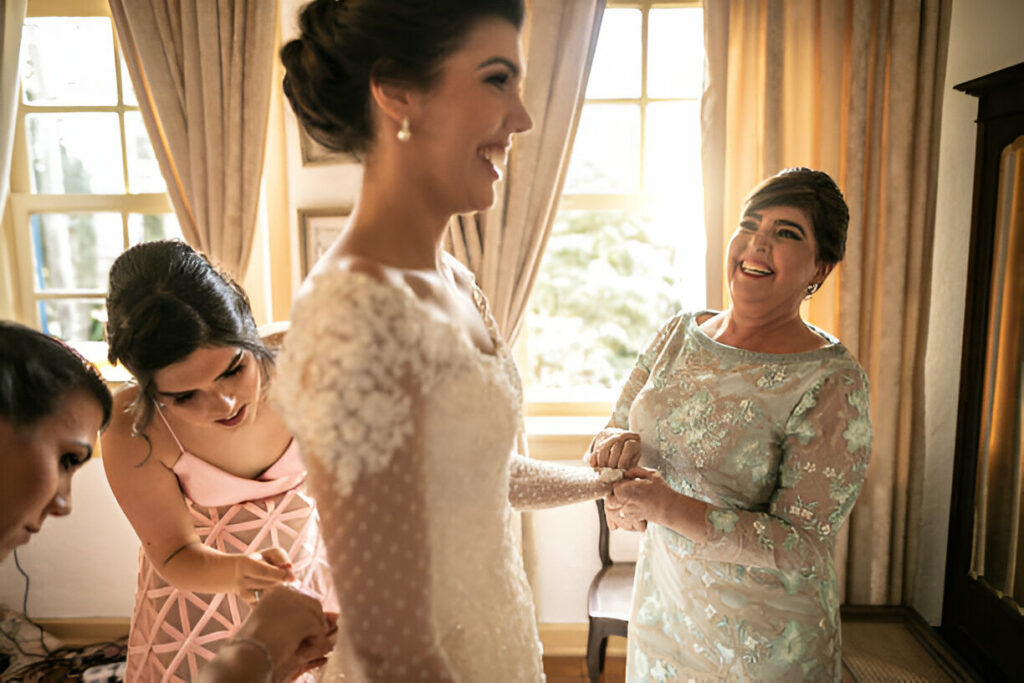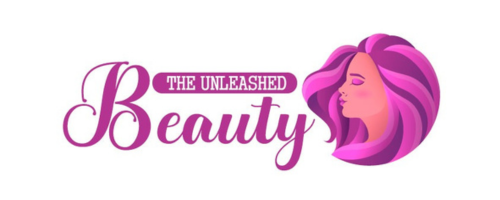Choosing the perfect wedding dress is a pinnacle moment for many brides-to-be. It involves much more than just picking a beautiful gown; it’s about finding a dress that reflects your personality, complements your style, and enhances your beauty on your special day. With numerous styles, fits, and fabrics available, it can be overwhelming to make the right choice. Here are six critical factors to consider that will guide you in selecting a wedding dress that not only looks stunning but feels right.
Understanding Your Body Shape
The first step in selecting the right wedding dress is to understand your body shape and what styles complement it best. Whether you’re an apple, pear, hourglass, or rectangle shape, there’s a dress style that will highlight your best features and possibly downplay areas you’re less fond of. For instance:
- Apple-shaped women benefit from dresses that cinch at the smallest part of the waist.
- Pear-shaped brides should consider A-line dresses that gently flare from the waist down, balancing out the upper body.
- Hourglass figures often look best in fitted styles like mermaid or trumpet gowns that enhance their natural curves.
- Rectangle shapes can create curves with sheath dresses or enhance their slender frame with a high-necked or long-sleeve dress design.
Selecting the Right Fabric
The fabric of your wedding dress impacts not just its look but its comfort and suitability to the season. From light and airy fabrics like chiffon and tulle for summer weddings to more structured materials like satin or velvet for colder months, each fabric brings its unique texture and drape to the design of the dress. Consider the wedding venue and season when choosing your fabric:

- Lightweight fabrics like silk or embroidered chiffon dresses for ladies are perfect for outdoor or summer weddings as they offer breathability and movement.
- Heavier fabrics like brocade or velvet are ideal for formal, winter ceremonies, providing warmth and a regal appearance.
Choosing a Dress that Complements the Venue
The venue of your wedding can also dictate the style of your wedding dress. A beach wedding calls for a more casual, flowing gown, while a grand ballroom might warrant a more dramatic and elaborate design. Reflect on the venue’s atmosphere and select a dress that harmonizes with these elements:
- Outdoor venues work well with simpler, more rustic dress designs.
- Formal venues such as cathedrals or grand estates call for more sophisticated, detailed gowns.
Pay Attention to Detailing
Detailing on a wedding dress, from lace appliqués to beadwork, can define the gown’s character. Decide whether you want a dress with subtle embellishments or one that makes a statement with extensive decorative motifs. Detailing can accentuate the dress’s best features and your personal style:
- Lace offers a timeless elegance, perfect for a vintage-inspired look.
- Beadwork and sequins add a touch of glamour and sparkle, suitable for an evening affair.
Consider Your Comfort
While aesthetics are crucial, your comfort in the wedding dress is paramount. You will spend the entire day in your gown, so choose one that allows you to move freely and fits comfortably. Ensure the dress fits well in all the right places without restricting movement, especially if you plan to dance the night away.

Setting a Budget
Finally, determine your budget before you start shopping. Wedding dresses can vary significantly in price, and setting a budget can help you narrow down your choices and avoid the disappointment of falling in love with a dress that is out of your price range. Remember, alterations and accessories also need to be factored into your overall budget.
By considering these six factors, you can ensure that the dress you choose not only looks stunning but also feels perfectly suited to your body, style, and the essence of your wedding day.



